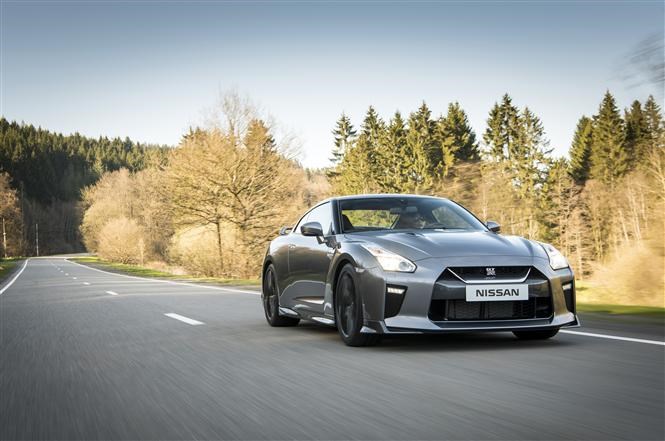Big, brash and ballistically powerful, the Nissan GT-R has never made a sensible choice as a day-to-day car. It suffered with rock-hard ride quality, shockingly high running costs and alarmingly poor cabin refinement for a car of its price point.
That didn’t stop the company selling a good number, however; enthusiasts loved the high-tech 3.8-litre twin-turbocharged V6 engine and sophisticated all-wheel drive system, which made this big coupe handle well enough to become a thorn in the side of the famous Porsche 911 and able to outpace the Jaguar F-Type Coupe and BMW’s rival M6.
Minding its road manners
But the latest changes are aimed at making the GT-R a better road car. An all-new Nismo version is there to take care of track driving, leaving this standard model to focus on everyday duties, so it’s comfier, quieter and nicer inside and though it does have a few more horsepower than before, its performance figures haven’t changed. The more relevant engine tweaks improve flexibility more than outright speed.
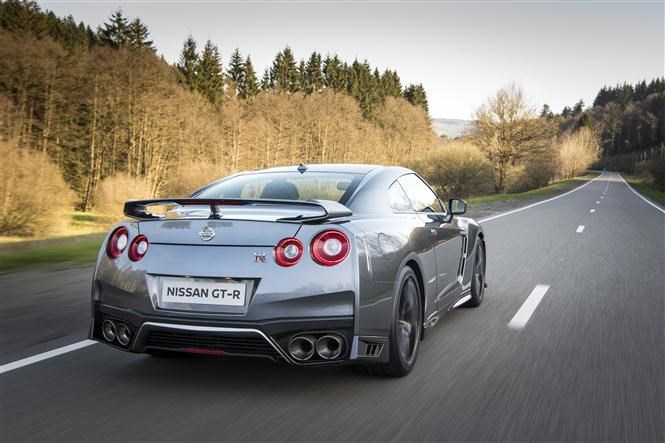
Most of the updates are mechanical, but styling revisions include the new grille (to feed more cooling air to the engine) and revised lightweight 20-inch wheels.
Tweaked V6 twin-turbo
So it’s the very same twin-turbo engine allied to a six-speed twin-clutch automatic as before, but power climbs 20bhp to 563bhp and torque to 637Nm. Those figures don’t show that there’s also more of the latter available over a wider rev range, meaning it’s a more flexible motor so you need fewer gearchanges during normal driving.
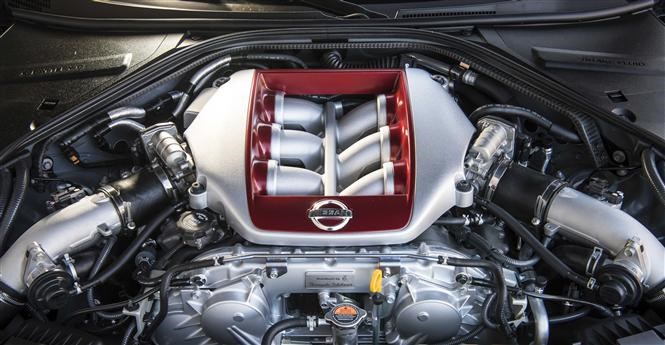
The changes themselves have been smoothed out further too, with special attention paid to the transition between first and second. It’s still not perfect – the transmission and associated driveline components are very noisy and jerky at times – but it’s an improvement we noticed on the road.
The latest GT-R is comfier than ever
We found suspension changes just as effective. There’s more compliance, which means more bodyroll, but it has far better manners on the road as a result. You’ll lose a few seconds on a race track, but you’ll have a far better time on our poorly-kept road surfaces. We know which way we’d go if we had to choose.
The cabin itself is a quieter place to be as well, so it’s easier to have conversations at high speed, further improving the GT-R’s manners on the motorway.
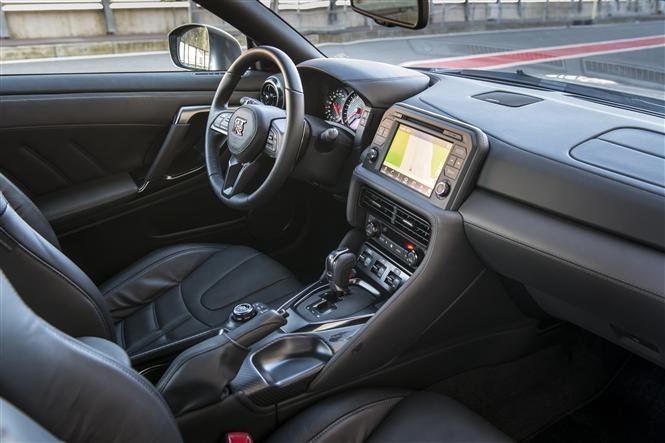
New front seats are employed and can be covered in a number of colours of leather, or replaced with more supportive Recaro items for extra cash.
The other important change is at the rear, where a titanium exhaust is standard and really sounds the part, albeit with a touch more volume than some drivers will be accustomed to. The brakes remain fantastic, with huge stopping power yet a surprisingly communicative pedal feel, making it easy to drive slowly too.
Interior improvements pile on the style
In the cabin the multimedia system’s had a revamp, with the touchscreen growing to eight inches and featuring greater processing power to boot up and operate quicker. As a result of its newfound flexibility there’s also a dramatic reduction in the number of navigation and audio controls in the cabin, which further helps to smarten things up. We’re down from 27 to just 11 in the new GT-R, so quite a difference.
While the interior updates bring the car closer to the competition, one look at any of the rivals mentioned above will show you that Nissan still has significant work to do here. The instrument panels feature old-fashioned-looking graphics and some of the switchgear looks a lot cheaper than you’d expect for a car at this price point.
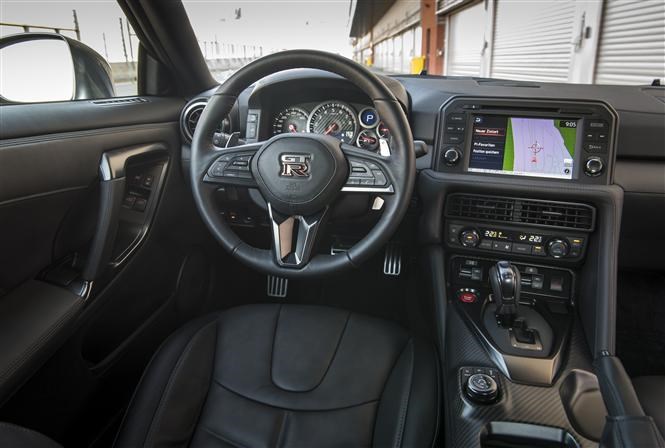
The car we’re driving here is in Pure specification, which is the £79,995 entry-level trim. We’d suggest upgrading to the more comfortable and higher-quality Recaro seats for a further £2k, however. They may seem expensive but they’re vastly superior to the standard items in our eyes. Black leather covering for the seats is another £500, while coloured cowhide is another £1,000 and suits some of the four new exterior colours nicely.
Verdict
The GT-R is more appealing as a road car than ever before. It still lags behind its rivals in a number of ways, but it’s better in a couple too. Crucially, it now feels better aligned to its slowly increasing list price than ever.
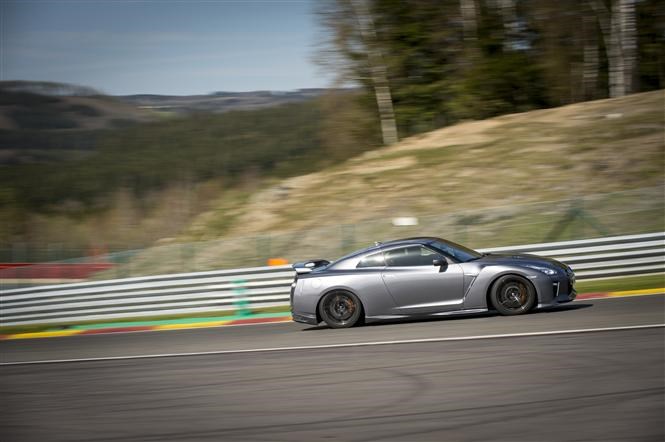
Just so you know, we may receive a commission or other compensation from the links on this website - read why you should trust us.


